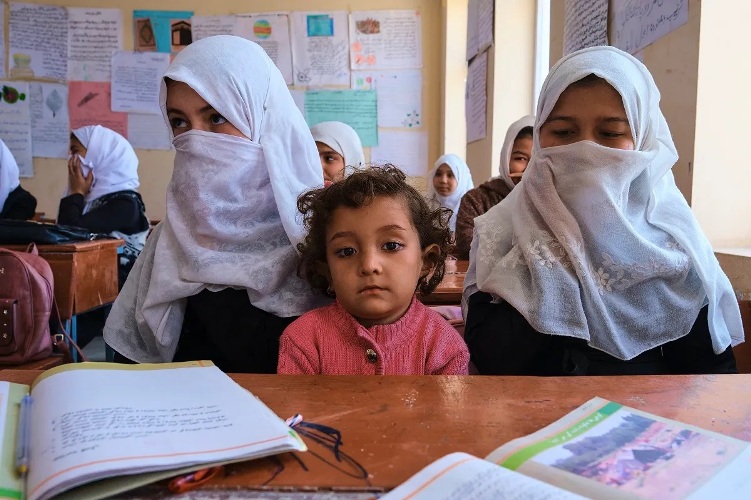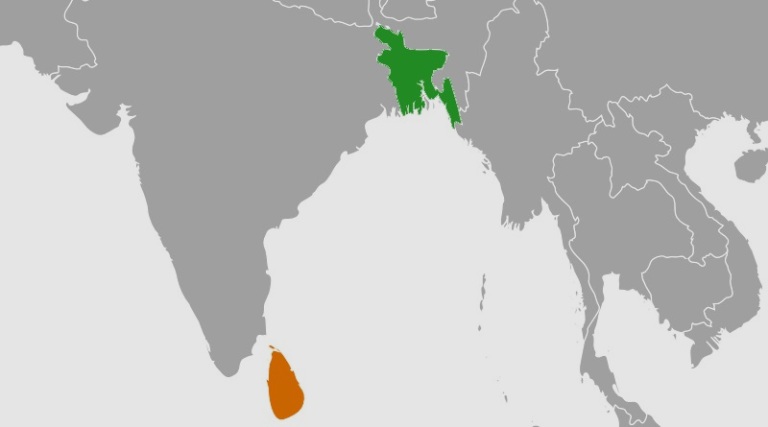
The recognition that GDP cannot encompass many dimensions of well-being has prompted efforts to develop measures that reflect a more complete account of what people care about. COURTESY
Gross domestic product (GDP), which measures the total output of goods and services in an economy, has flaws when used to gauge the well-being of a nation’s residents.
For example, to the question of whether people in the United States are better-off in 2021 than they were before the Covid-19 pandemic, the answer would be yes, slightly, if per capita GDP is the yardstick. That’s because real (inflation-adjusted) per capita GDP rose from $58,333 in the fourth quarter of 2019 to $58,454 in the second quarter of 2021.
But that affirmative answer is likely to ring hollow to many. The United States does not appear better-off. It experienced a fourth wave of Covid-19 infections in late 2021 that left thousands dead. Many businesses are still shuttered, and millions remain unemployed. The country is deeply divided socially and politically. GDP captures neither the enormous human costs of the pandemic, nor the nation’s social and emotional disruptions.
The recognition that GDP cannot encompass many dimensions of well-being has prompted efforts to develop measures that reflect a more complete account of what people care about. The idea is not to give up on GDP—nor to replace it with some other one-dimensional measure, such as self-reported life satisfaction, which, like GDP, gives only a partial and hence potentially misleading picture. Instead, a measure that captures many dimensions of national well-being and complements GDP is needed. Fleurbaey and Blanchet (2013) provide an overview of this idea as well as many other so-called Beyond GDP proposals and initiatives.
In this article, we discuss the Human Development Index (HDI), an alternate measure of well-being that has been influential in developing economies. We then turn to our proposed approach to measuring national well-being, which is based on aggregating people’s survey responses about many dimensions of their welfare.
The HDI’s roots are in the capabilities approach to well-being advanced by Amartya Sen (1985). Capabilities are the features of individuals and their state of life that determine the activities and internal experiences a person can effectively choose. The approach puts a direct value on freedom in the practical sense of what an individual can do. Martha Nussbaum (2011) elaborated on Sen’s idea by offering a concrete list of core capabilities—including life span, health, freedom from violence and constraint, imagination and thought, emotions, freedom to chart one’s own course in life, good social relationships, the natural world, play, political participation, and property rights.
The HDI transforms several dimensions of well-being into a single yearly index to rate a country’s performance. Sen was leery of aggregating measures of different capabilities. But when policymaking requires trade-offs, judging whether one policy is better than the alternatives requires an index. Moreover, having a single number makes it difficult for government officials to cherry-pick whichever statistic makes things look rosiest. Creating an index requires weighting the capabilities relative to one another.
For GDP, prices provide the weights for the goods and services it includes. But because GDP relies on market transaction data, it fails to include things human beings care about that do not run through the market—such as leisure time, relationships with family and friends, and emotional experiences such as anxiety and sense of purpose. Moreover, although prices may represent the relative importance of different market goods and services to the well-being of an individual or household, they do not countenance the possibility that a dollar spent by a family in poverty might do more for national well-being than one spent by a billionaire’s family.
On its website, the United Nations Development Programme (UNDP) describes the HDI as “created to emphasize that people and their capabilities should be the ultimate criteria for assessing the development of a country, not economic growth alone.” But after those lofty words, the description turns to technical detail: “HDI is a summary measure of average achievement in key dimensions of human development: a long and healthy life, being knowledgeable, and having a decent standard of living. The HDI is the geometric mean of normalized indices for each of the three dimensions.”
The technical details determine how the UNDP puts into practice its lofty goal: which dimensions of well-being (or capabilities) the HDI tracks, what it leaves out, and what relative importance it gives to the things it does track. For example, according to the geometric mean used by the HDI, a percentage change in HDI is the equally weighted average of the percentage changes of its components.
The HDI is surely the best-known practical application of Sen’s capabilities approach. It provides a single, simple number that both summarizes the state of a country at a point in time and is easy to construct and explain.
Still, although it captures more dimensions of well-being than GDP does, the HDI is arbitrary in its choice of what to include and how to weight what it does cover. The goal of an enhanced well-being index is to include many more than three dimensions of well-being and to weight them based on the values of the people in the country.
A major reason the HDI focuses on longevity, education, and income is that when the index was introduced in 1990, these important dimensions of a good life were among the few variables being widely measured across countries in a reasonably comparable way. Unavailability of data has similarly constrained the reach of other Beyond GDP initiatives—such as the Genuine Progress Indicator and the Organisation for Economic Co-operation and Development’s (OECD’s) Better Life Index. But lack of current data should not constrain our vision of what a good index should look like.
Some Beyond GDP initiatives have gotten around these data constraints by using surveys, which can be conducted relatively cheaply around the world in real time. Indeed, real time is crucial to policymaking. For example, how the HDI performed during the pandemic is still unknown because, at the time of this writing, the latest numbers available are for 2019.












0 Comments